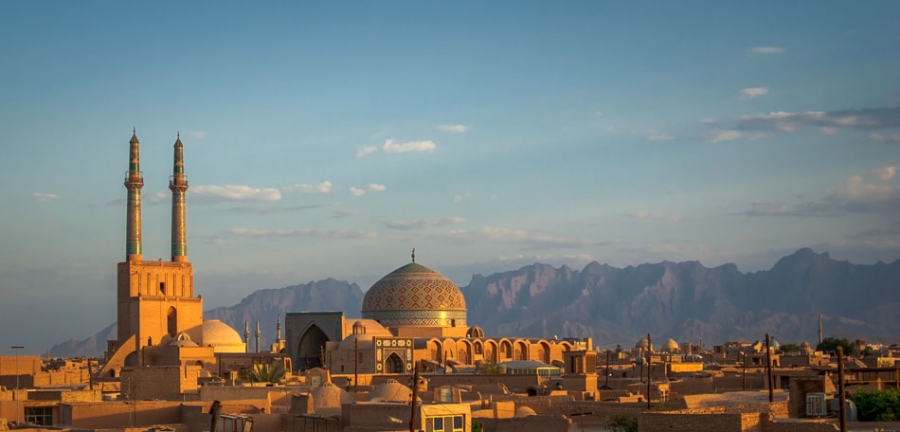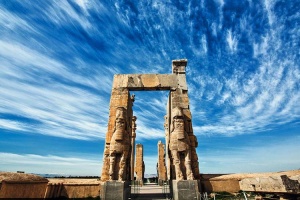Nowruz, meaning “The New Day” is the name of the Iranian New Year in the Solar calendar. It marks the first day of spring or Equinox. It is celebrated on the day of the astronomical Northward equinox, which usually occurs on March 21 or the previous/following day depending on where it is observed. The moment […]
Featured2
Iranians were some of the first people in history to weave carpets. First deriving from the notion of basic need, the Persian rug started out as a simple/pure weave of fabric that helped nomadic people living in ancient Iran stay warm from the cold, damp ground. time progressed, the complexity and beauty of rugs increased
Zoroastrianism was the national faith of Iran for more than a millennium before the Arab conquest. It has had an immense influence on Iranian philosophy, culture and art after the people of Iran converted to Islam. Today of the 98% of Muslims living in Iran, around 89% are Shi’a and only around 9% are Sunni.This
Iranians were among the first to use mathematics, geometry, and astronomy in architectur and also have extraordinary skills in making massive domes which can be seen frequently in the structure of bazaars and mosques. This greatly inspired the architecture of Iran’s neighbors as well. The main building types of classical Iranian architecture are the
Iran is one of the world’s oldest civilizations, beginning with the formation of the Proto-Elamite and Elamite kingdom in 3200 – 2800 BCE. The Iranian Medes unified the country into the first of many empires in 625 BCE, after which it became the dominant cultural and political power in the region. Iran reached the pinnacle
Denoting “seven items beginning with the letter sin (S),” is one of the components of the rituals of the New Year’s Day festival observed by most Iranians. The items are traditionally displayed on the dining cloth (sofra) that every household spreads out on the floor (or on a table) in a room normally reserved for






